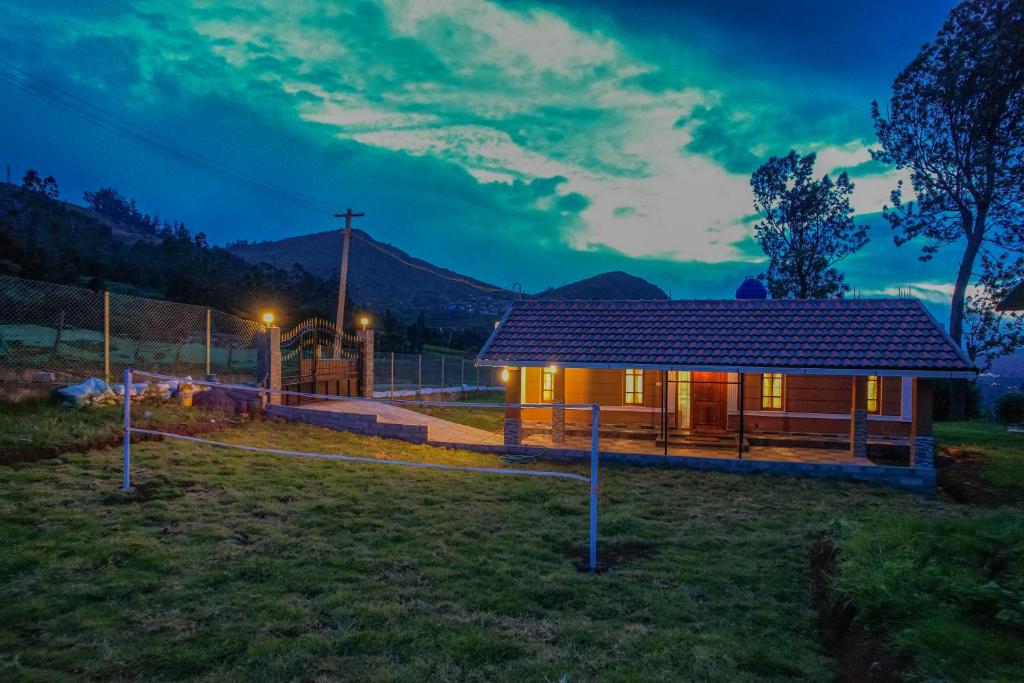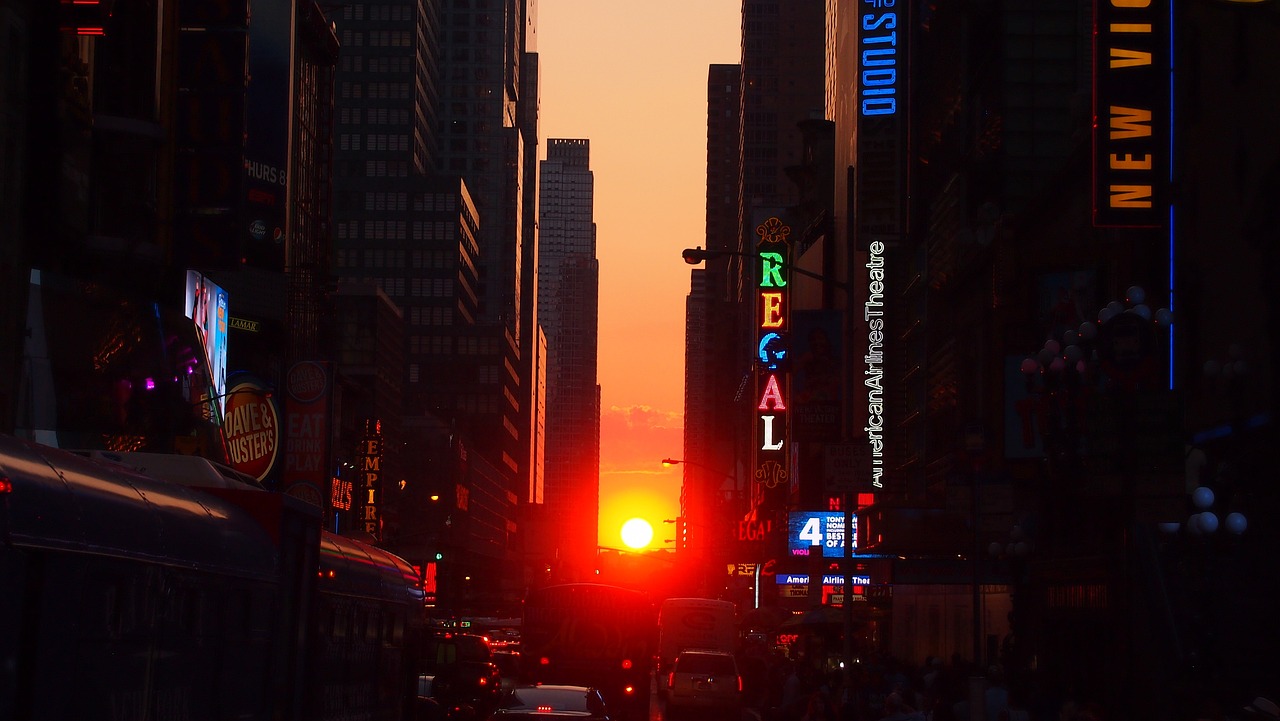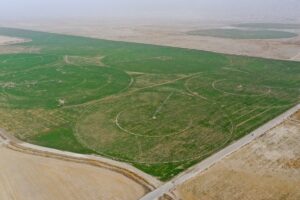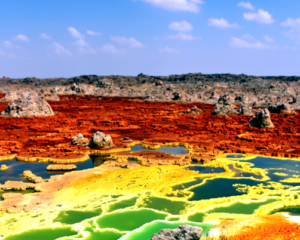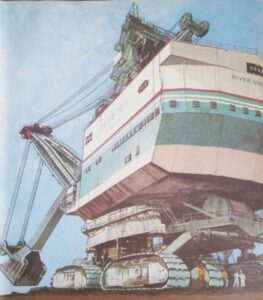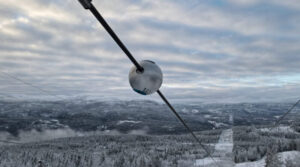Throughout history, humanity has ingeniously constructed underground cities to provide shelter, defense, and community spaces. These subterranean marvels, such as the expansive Derinkuyu in Turkey and the hidden passages beneath Edinburgh, Scotland, offer a fascinating glimpse into the resilience and creativity of past civilizations.
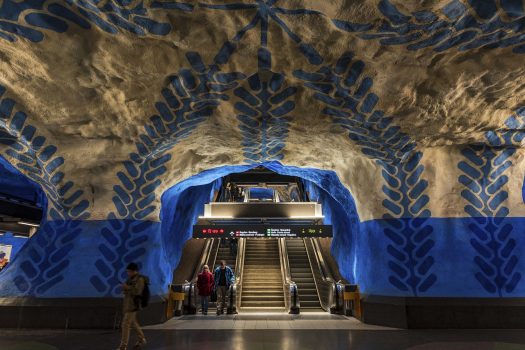 Pin
Pin Image by Ioannis Ioannidis from Pixabay
Table of Contents
Derinkuyu, Turkey
 Pin
Pin Image Wikimedia Commons
Nestled beneath the surface of Cappadocia in central Turkey lies Derinkuyu, an astonishing underground city that once housed up to 20,000 people. This subterranean marvel, reaching depths of approximately 85 meters, was discovered in 1963. Its intricate network includes living quarters, stables, churches, storage rooms, refectories, and wineries, showcasing the ingenuity of its ancient builders. The city provided a safe haven during times of invasion and religious persecution, allowing entire communities to live undetected for extended periods. Today, visitors can explore its well-preserved passages and chambers, gaining insight into a hidden world that thrived beneath the earth’s surface.
Naours, France
 Pin
Pin Image Wikimedia Commons
In the northern France, beneath the quaint village of Naours, lies an extraordinary underground city. This subterranean marvel, known as La Cité Souterraine de Naours, comprises 28 galleries and over 300 rooms, all meticulously carved into the limestone plateau. Originally serving as a quarry during Roman times, these chambers evolved into a refuge for locals seeking shelter from invasions and conflicts. At its peak in the 17th century, the underground city could accommodate up to 3,000 inhabitants, complete with chapels, stables, and even bakeries. Ingeniously, the chimneys from these underground ovens were disguised through existing surface structures, concealing the bustling life below. Today, visitors can explore this vast network, delving into a hidden world that once provided safety and community beneath the earth’s surface.
The Subterranean World of Beijing's Underground City
 Pin
Pin Image by en.namu.wiki
Beneath the bustling streets of Beijing lies a hidden labyrinth known as Dìxià Chéng, or the Underground City. Constructed during the 1970s amidst Cold War tensions, this vast network of tunnels and chambers spans approximately 33 square miles. Designed as a refuge against potential nuclear attacks, it was built by local citizens under Chairman Mao’s directive. The complex includes facilities such as schools, hospitals, and even theaters, showcasing the foresight of its planners. Today, parts of this underground expanse have been repurposed, with some areas housing low-income residents unable to afford above-ground accommodations. Exploring Dìxià Chéng offers a unique glimpse into a bygone era, revealing the lengths to which a society went to protect its people during uncertain times.
Tunnels of Montreal's Underground City
 Pin
Pin Image by @juank1093
Beneath the lively streets of Montreal lies a vast network known as RÉSO, or La Ville Souterraine. Spanning over 33 kilometers (about 20.5 miles) of tunnels, this underground city connects shopping centers, hotels, museums, and metro stations, creating a climate-controlled haven for residents and visitors alike. Developed in the 1960s to shield pedestrians from harsh weather, RÉSO has evolved into a bustling hub featuring over 1,600 shops and facilities. Whether you’re looking to shop, dine, or simply explore, Montreal’s Underground City offers a unique experience that seamlessly blends convenience with urban adventure.
Depths of Osówka, Poland
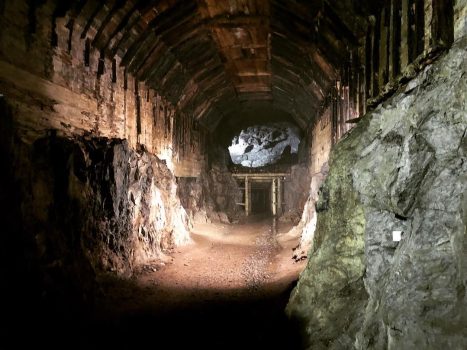 Pin
Pin Image by @artur.ja.7
Hidden beneath the Owl Mountains in Lower Silesia, Poland, lies the enigmatic Osówka complex, a significant part of the Nazi Germany’s secretive Project Riese during World War II. This underground city features an extensive network of tunnels and halls, with approximately 1,700 meters of corridors intersected by various chambers. The true purpose of Osówka remains a subject of speculation among historians. Some suggest it was intended as a hidden headquarters for Hitler, while others believe it was designed for the production of secret weapons. Construction was carried out under harrowing conditions, with forced laborers enduring extreme hardships. Today, visitors can explore this subterranean labyrinth, gaining insight into a dark chapter of history and pondering the mysteries that still linger within its depths.
The Subterranean Life of Coober Pedy, Australia
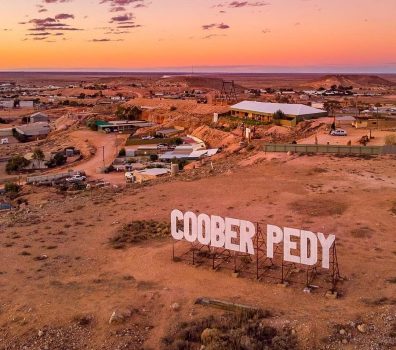 Pin
Pin Image by @southaustralia
In the Australia’s outback lies Coober Pedy, a unique town where approximately 60% of its 2,500 residents live underground. Known as the opal capital of the world, Coober Pedy’s residents have transformed former mining shafts into comfortable homes, complete with modern amenities. This underground lifestyle offers a respite from the region’s extreme temperatures, maintaining a consistent and comfortable climate year-round. Beyond homes, the town features subterranean churches, shops, and even hotels, creating a fully functional community beneath the surface. Visitors can experience this distinctive way of life by exploring the dugouts and learning about the town’s rich opal mining history. Coober Pedy stands as a testament to human adaptability, showcasing how a community has thrived by embracing an unconventional underground existence.
Depths of Edinburgh, Scotland
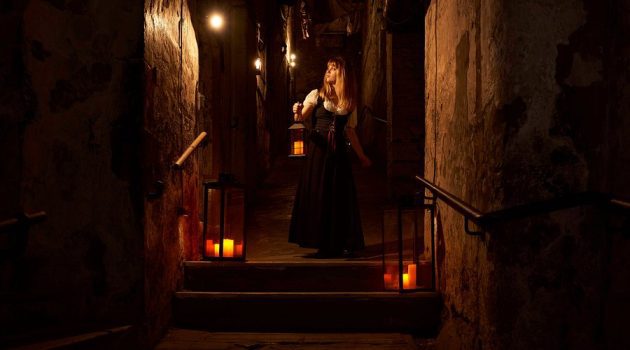 Pin
Pin Image by tripadvisor
Beneath the historic streets of Edinburgh lies a labyrinth of hidden passages and forgotten chambers, offering a glimpse into the city’s layered past. One such place is the Real Mary King’s Close, a preserved 17th-century street buried beneath the Royal Mile. Once bustling with life, this close was sealed off and forgotten for centuries, only to be rediscovered and opened to the public. Visitors can now explore its narrow alleyways and hear tales of the people who lived and worked there, providing a unique insight into Edinburgh’s social history.
Another intriguing subterranean site is the Edinburgh Vaults, a series of chambers formed within the arches of the South Bridge. Constructed in the late 18th century, these vaults were initially used for storage and workshops but later became associated with less savory activities. Today, guided tours take visitors through these dimly lit spaces, sharing stories of their varied past and the people who once occupied them.
These underground sites not only reveal the architectural ingenuity of the past but also shed light on the lives of Edinburgh’s former residents, making them a must-visit for those interested in the city’s rich and complex history.
Depths of Seattle's Underground
 Pin
Pin Image by Wikimedia Commons
Beneath the bustling streets of Seattle’s Pioneer Square lies a fascinating network of underground passageways and basements, remnants of the city’s original street level. In the mid-19th century, these spaces were at ground level, but following the Great Seattle Fire of 1889 and subsequent city planning efforts, the streets were elevated, leaving behind a subterranean maze.
Today, visitors can embark on guided tours to explore this hidden world. One of the most popular is Bill Speidel’s Underground Tour, a humorous walking tour that delves into the history and stories of these buried storefronts and sidewalks. The tour begins at Doc Maynard’s Public House, a restored 1890s saloon, setting the stage for an intriguing journey into the past.
As you wander through these dimly lit corridors, you’ll uncover tales of Seattle’s early days, from the challenges of a rapidly growing city to the innovative solutions that led to its unique underground landscape. It’s a captivating experience that offers a new perspective on the city’s rich history, blending storytelling with exploration in a truly unique setting.
Cappadocia, Turkey
 Pin
Pin Photo by Shvets Anna
Nestled in central Turkey, Cappadocia is renowned for its unique landscapes and historical significance. Beneath its surface lies a network of underground cities, with Derinkuyu and Kaymakli being among the most notable. Derinkuyu, the deepest, extends approximately 85 meters below ground and encompasses 18 levels of tunnels. This ancient city could accommodate up to 20,000 people, along with their livestock and provisions. Similarly, Kaymakli, located within the citadel of Kaymakli, features numerous tunnels and rooms, showcasing the region’s architectural ingenuity. These subterranean complexes were primarily used as refuges during times of invasion and religious persecution, providing safe havens for their inhabitants. Today, visitors can explore these underground marvels, gaining insight into the resilience and resourcefulness of past civilizations.
Underground Cities of Iran
 Pin
Pin Image by @ifilmenglish
Iran is home to several remarkable underground cities, each with its own unique history and purpose. One of the most notable is the Nushabad Underground City, also known as Ouyi, located near Kashan. Dating back approximately 1,500 years to the Sassanian era, this subterranean complex was ingeniously designed to protect inhabitants from invasions and the region’s harsh climate. The city spans multiple levels, reaching depths of up to 18 meters, and features a network of tunnels, chambers, and ventilation systems that provided refuge and a sustainable living environment during tumultuous times.
Another significant subterranean site is the recently discovered underground city in Tafresh, central Iran. Spanning an area of three hectares, it stands as one of the largest underground complexes in Iran and West Asia. This hand-carved city, now inscribed on the national heritage list, showcases the architectural prowess of ancient civilizations in creating expansive underground shelters.
These underground cities not only highlight the strategic and defensive ingenuity of ancient Persian societies but also offer a fascinating glimpse into their daily lives and resilience. Exploring these hidden worlds provides a unique opportunity to connect with Iran’s rich cultural heritage and appreciate the remarkable engineering feats achieved centuries ago.







